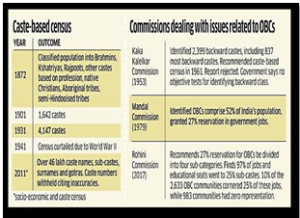EXPLORING GENDER AND CASTE DYNAMICS IN INDIAN LABOUR FORCE PARTICIPATION
Why in the News?
- In the past two decades, there’s a notable decrease in female LFP in India.
- Structural rigidities in key sectors limit opportunities, pushing women towards agriculture or informal roles.
- Gender bias and caste discrimination compound challenges, positioning women, particularly from lower castes, at the labour force’s bottom.
Source: Zverynolapes
Socio-Economic and Caste Census (SECC) Data Analysis:
- Higher participation noticed in lower-caste and economically disadvantaged female-headed households.
- The informal sector, with fewer patriarchal constraints, attracts women, particularly in female-headed households.
- Lower-caste women’s workforce involvement stems from historical expectations, while education influences job access.
| About SECC
· SECC, first conducted since 1931, surveys every Indian family in rural and urban areas. · In 2011 SECC was conducted by Ministry of Rural Development. · Gathers economic status to define indicators of deprivation for authorities. · Collects specific caste names to assess economic conditions of caste groups. · Aims to map inequalities at a broader level.
Comparison to census : SECC differs from Census as it identifies beneficiaries for state support openly, while Census data is confidential under the Census Act of 1948. |

 Source: Zverynolapes
Source: Zverynolapes

